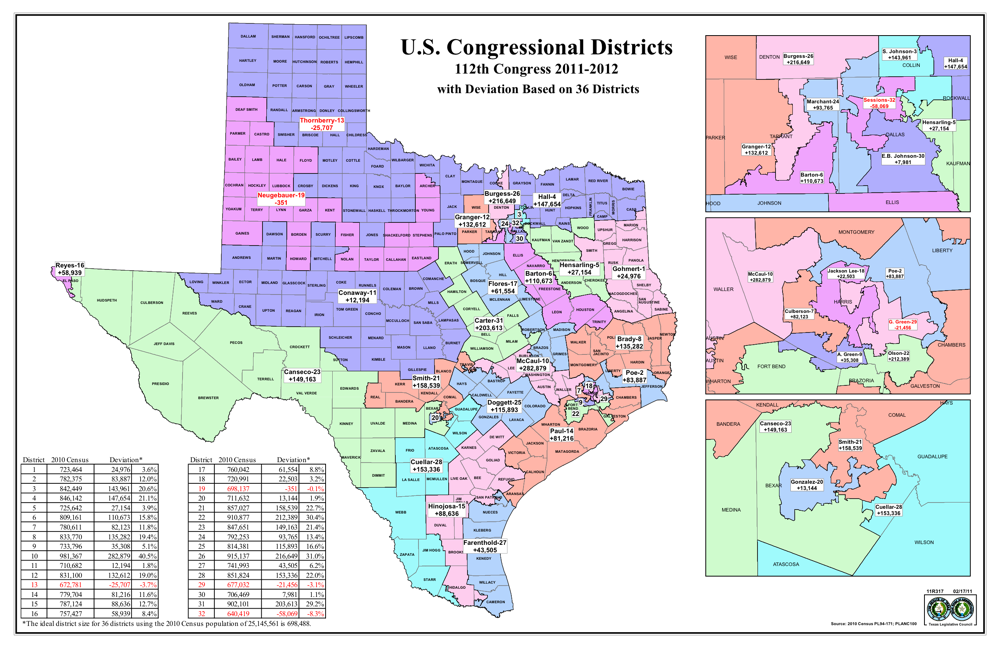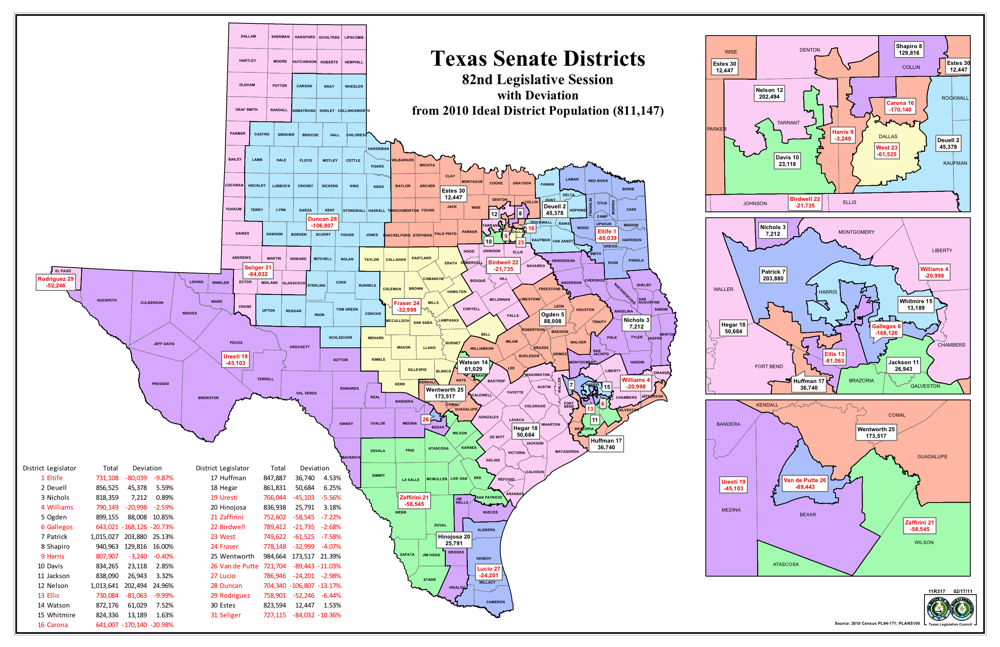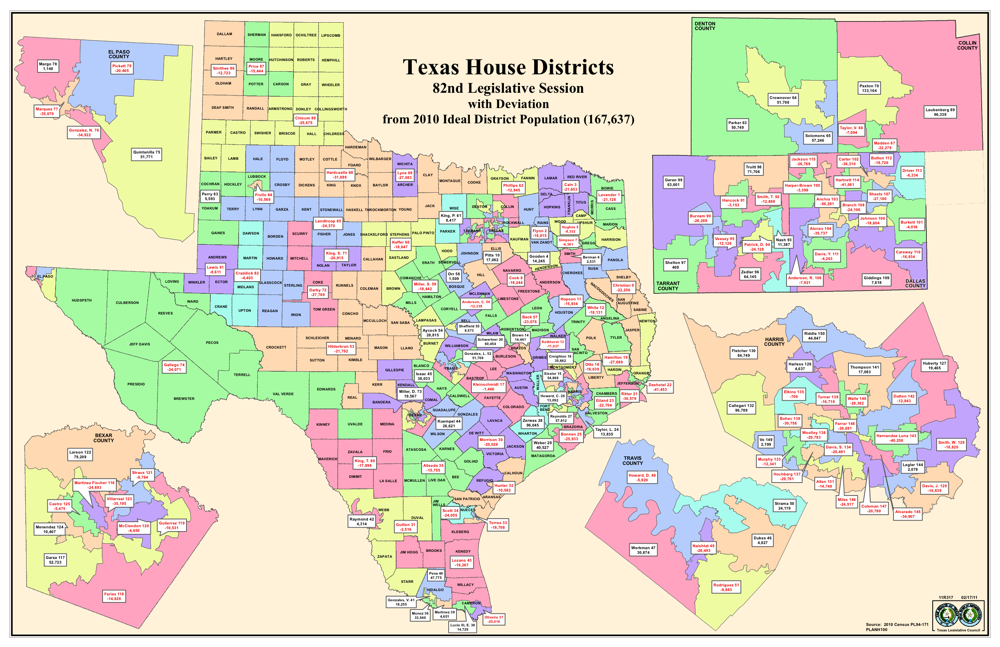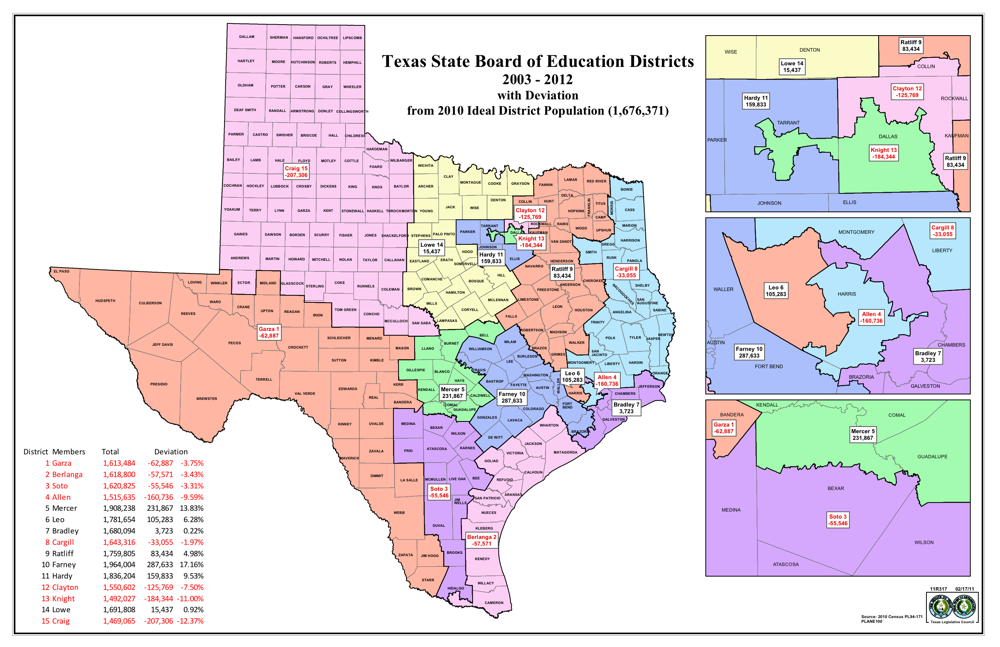The House's master — Rep. Will Hartnett, R-Dallas, says Donna Howard, D-Austin, beat Dan Neil, R-Austin, by four votes.Hartnett's recommendation goes next to the select committee chaired by Rep. Todd Hunter, R-Corpus Christi, and then on to the full House, which has the final say on who won the election. Keeping score by rounds? It was Howard by 16 votes on Election Day, by 12 votes in the recount, and now by four. As they say at the carnival, it only takes one ticket to win. Here's the statement from Hartnett's office (the full report is available here):
"After a thorough review of the numerous challenged ballots, I have concluded that Donna Howard won the House District 48 election by 4 votes. "Voters who had moved out of Travis County without changing their voter registration and returned to vote in their former precinct caused a net subtraction of 7 votes from Ms. Howard's margin of victory. Counting 4 unopened ballots subtracted a net of 2 votes from Ms. Howard's margin. "Striking 1 vote by a voter who was not effectively registered added 1 vote to her margin. "I have seen no evidence of any voter fraud or of any substantial errors by any Travis County election official. My report will be released later this evening." Will Hartnett Master of DiscoveryAnd here's the reaction from Joe Nixon, the former state representative who is now Neil's lawyer:
"We have received the Master’s recommendation, and we are in the process of reviewing it. We have completed step one of this process, and we intend to take our case to the committee. We believe the evidence presented in recent hearings is worthy of a different finding, and we are confident the committee will agree. This is an excellent ruling to take to the committee. It shows that there are a number of unresolved issues that need to be decided before anyone can be declared the winner of this election."Howard's reaction:
"The Master of Discovery's recommendations are the culmination of a tremendous amount of hard work and careful deliberation. They reconfirm that this election was conducted fairly and professionally, and that I was chosen by the voters to represent House District 48. The presentation and thorough review of the evidence was a critical part of determining the true winner of this election, and I want to thank everyone who gave up their time to participate in last week's hearings."





